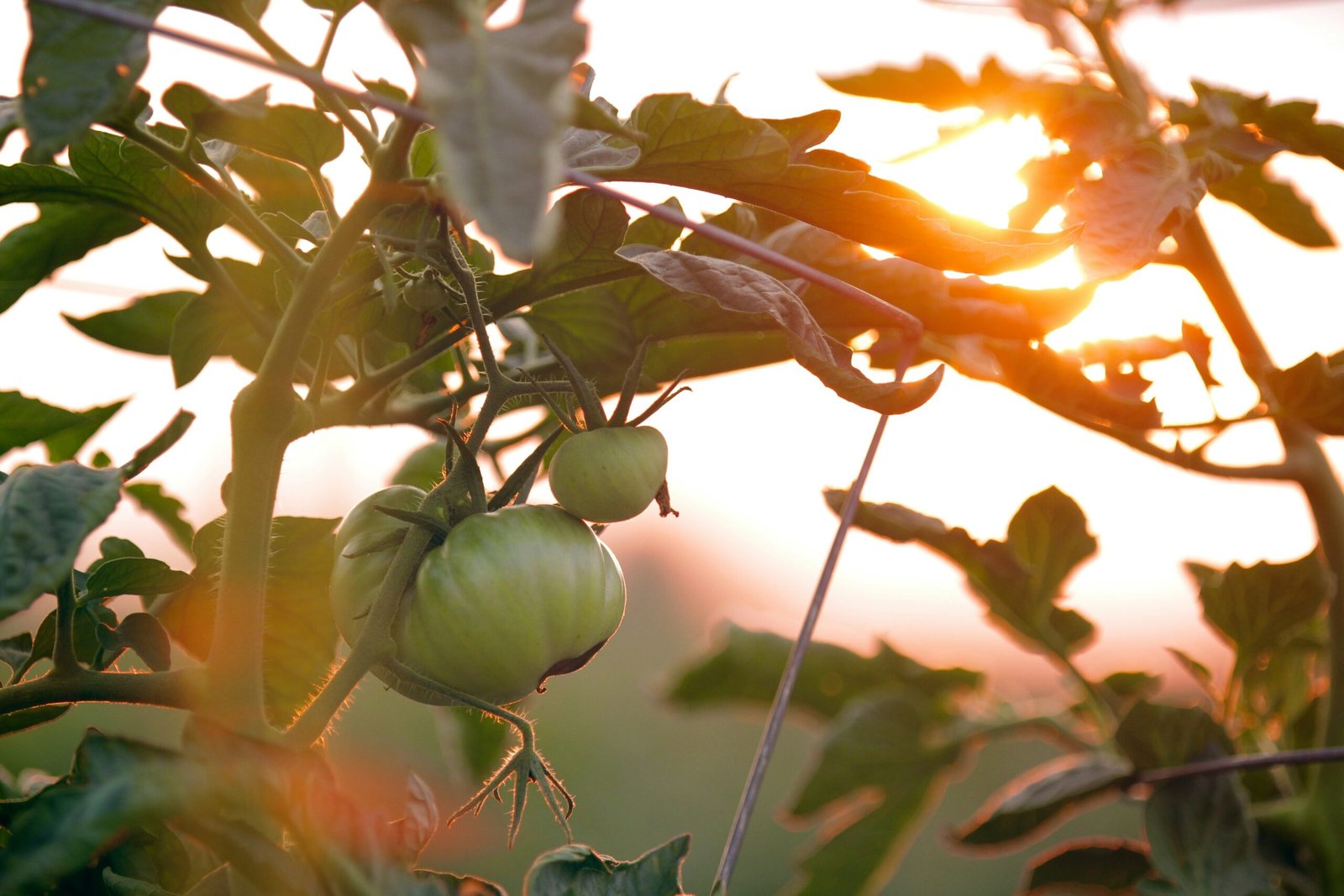Search Below For New Gardening Tips and Tricks with Practicals
Introduction
Dill is a popular herb that is widely used in cooking and for its medicinal properties. Its fresh and aromatic flavor makes it a great addition to various dishes, from salads to soups. If you have dill growing in your garden or plan to grow it, knowing how to harvest it properly is important to ensure that you get the best flavor and quality from your herb. In this article, we will guide you on how to harvest dill herb effectively.
When to Harvest Dill Herb
Timing is crucial when it comes to harvesting dill herb. The best time to harvest dill is when the plant has reached its peak and before it starts to flower. This is when the leaves are at their most flavorful and aromatic. Once the plant starts to flower, the flavor of the leaves diminishes, and the energy of the plant is directed towards producing seeds rather than foliage.
Typically, dill plants take about 8 to 10 weeks to reach maturity. You can start harvesting dill leaves once the plant has grown to a height of about 12 to 18 inches. At this stage, the leaves will be lush green and full of flavor.
How to Harvest Dill Herb
Harvesting dill herb is a simple process that requires minimal tools and effort. Here are the steps to follow:
Step 1: Choose the Right Time of Day
It is best to harvest dill herb in the morning after the dew has dried but before the sun is at its peak. This is when the leaves are at their freshest and contain the highest concentration of essential oils that give them their flavor and aroma.
Step 2: Gather the Necessary Tools
Before you start harvesting dill, make sure you have the following tools handy:
- Garden shears or a sharp pair of scissors
- A clean container or basket to collect the harvested dill
Step 3: Select the Stems to Harvest
Look for the stems that are tall and have the most leaves. These are usually the outer stems of the plant. Avoid harvesting the central stems, as they are responsible for producing flowers and seeds. By harvesting the outer stems, you allow the plant to continue growing and producing more foliage.
Step 4: Cut the Stems
Using your garden shears or scissors, make a clean cut just above the base of the stem, where it meets the main stalk of the plant. Make sure to cut the stem at an angle to prevent water from pooling on the cut surface, which can lead to rotting.
Step 5: Collect the Harvested Dill
As you cut the stems, place them in your clean container or basket. Be gentle to avoid bruising or damaging the delicate leaves. If you are harvesting a large amount of dill, you may want to consider using multiple containers to prevent overcrowding and crushing of the leaves.
Step 6: Rinse and Dry the Harvested Dill
Once you have finished harvesting, it is important to rinse the dill to remove any dirt or debris. Fill a bowl or sink with cool water and gently swish the dill around to loosen any dirt. Then, remove the dill from the water and pat it dry with a clean towel or paper towel. Avoid rubbing the dill too vigorously, as this can cause the delicate leaves to bruise.
Storing and Using Harvested Dill Herb
Now that you have harvested your dill herb, it’s time to store it properly to maintain its freshness and flavor. Here are some tips on storing and using harvested dill:
Storing Fresh Dill
If you plan to use the dill within a few days, you can store it in the refrigerator. Wrap the dill loosely in a damp paper towel and place it in a plastic bag or an airtight container. The moisture from the paper towel will help keep the dill fresh. Make sure to check the dill regularly and replace the damp paper towel if it becomes dry.
If you want to store the dill for a longer period, you can freeze it. To freeze dill, wash and dry the herb thoroughly, then chop it into small pieces. Place the chopped dill in an airtight container or freezer bag and store it in the freezer. Frozen dill can be used directly in recipes without thawing.
Using Harvested Dill
Dill is a versatile herb that can be used in a variety of dishes. Here are some ideas on how to use your freshly harvested dill:
- Add dill to salads for a fresh and tangy flavor.
- Use dill as a garnish for soups and stews.
- Make a dill sauce or dressing to accompany fish or roasted vegetables.
- Infuse vinegar with dill to create a flavorful herb vinegar.
- Use dill in pickling recipes for a unique and aromatic twist.
Remember to use your harvested dill within a reasonable time to enjoy its full flavor. As with any herb, the flavor of dill diminishes over time, so it’s best to use it while it’s still fresh.
Conclusion
Harvesting dill herb is a simple process that requires attention to timing and proper technique. By harvesting the herb at the right time and using the correct method, you can ensure that you get the best flavor and quality from your dill. Whether you plan to use it immediately or store it for later use, following the steps outlined in this article will help you make the most of your dill harvest. Enjoy the fresh and aromatic flavors of this wonderful herb!
Discover more from Gardening with Ecorganicas-Source for Organic Gardening Tips
Subscribe to get the latest posts sent to your email.




